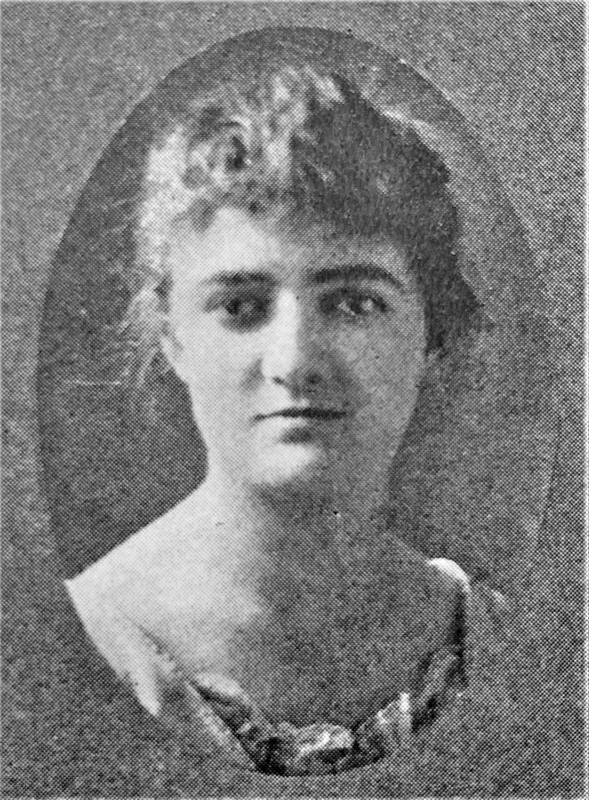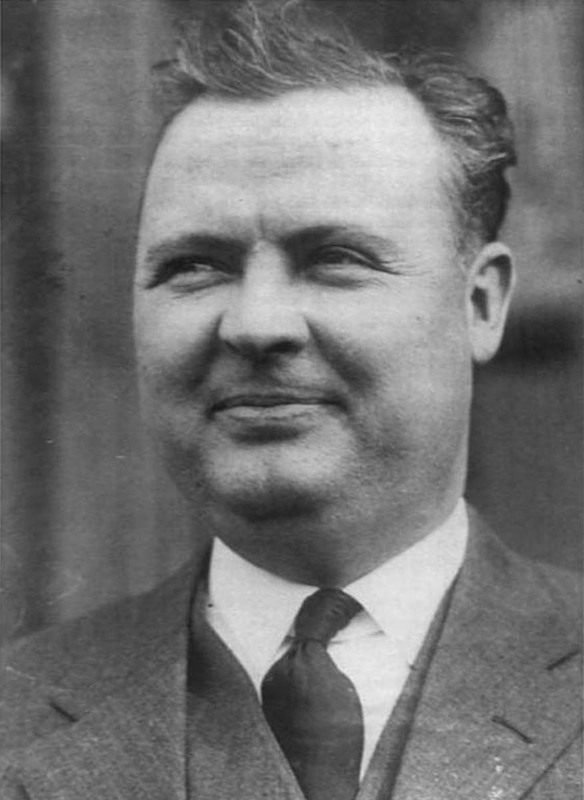Indiana of the 1920s
The founders of Sigma Gamma Rho confronted many sources of racial prejudice in Indianapolis during the 1920s. In response to the growth of the Black community, white neighborhood “protective” associations formed to restrict movement of Black people into their neighborhoods. It was during this time of increasing segregation that the Ku Klux Klan arrived in Indianapolis. The Klan of the 1920s, known as the Second Klan, supported Prohibition and primarily targeted Catholics as the major threat to its definition of “100 percent American.” Intimidation and threats of violence were also directed toward Black people, Jews, and ethnic groups from Eastern Europe. While the Klan supported the segregation campaign in Indianapolis, it was not responsible for its success. Legally sanctioned discrimination existed for decades before the Klan came to power and continued after its collapse.
In 1923—a year after the founding of Sigma Gamma Rho—D. C. Stephenson, the Grand Dragon of the Indiana branch of the Ku Klux Klan, bought a house in Irvington. The house was less than half a block from Butler University’s Bona Thompson Library. Stephenson used this house for entertaining and parties but did not use it as his primary residence.
In 1925 Stephenson was convicted of murdering Madge Oberholtzer, a former Butler student. The trial and surrounding publicity exposed many Klansmen, including over half of the Indiana General Assembly, and destroyed much of the Klan’s power in the state.
Did Stephenson’s presence in Irvington have an impact on the University? There are no surviving documents with evidence of the Klan having any ties to or influence over University administration. During this time, Butler continued to admit students of color and allowed Black adult education classes to meet in its buildings. In addition, there is no evidence of Stephenson targeting Sigma Gamma Rho members. None of the Founders lived in Irvington and the Sorority did not regularly meet on the University campus, which would have reduced interactions. However, Stephenson was widely known in the community and his presence could have been intimidating and unsettling.


